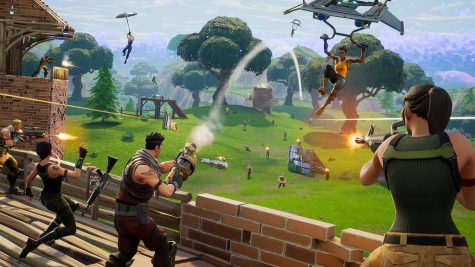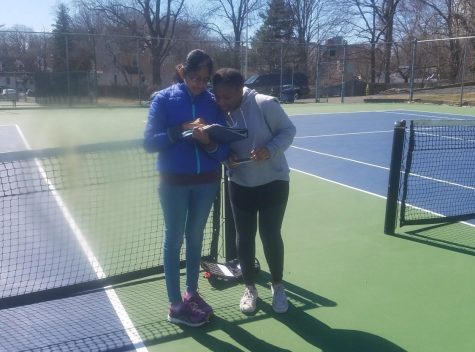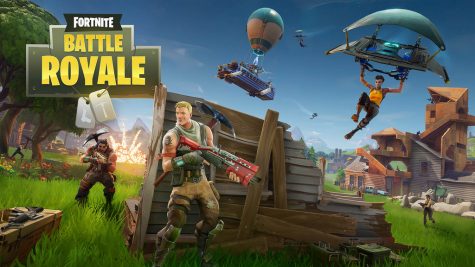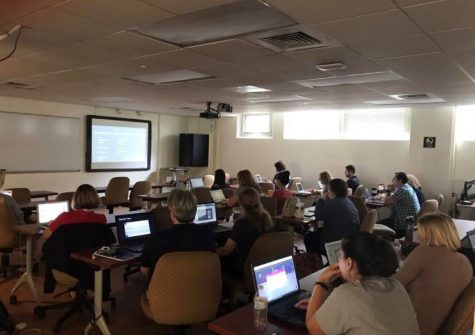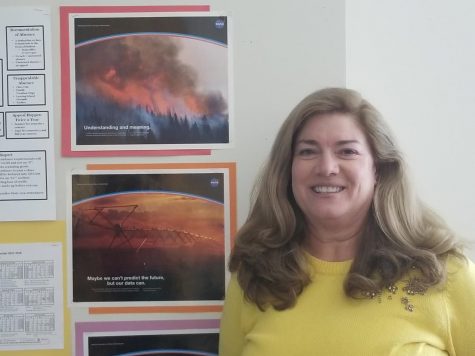A Two-Sided Review of Counter-Strike: Global Offensive
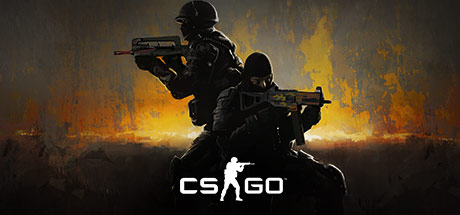
April 13, 2015
After playing Counter-Strike: Global Offensive, I’ve come to realize why it has risen in popularity. This first-person- shooter which has peaked at 595,439 concurrent players is only seconded to Dota 2, which has peaked at 1.2 million concurrent players on Valve’s game distribution platform, Steam (more information can be found here). CS:GO has been on the frontlines in the first-person-shooter genre with its competitive and strategic gameplay. There are thousands of players constantly streaming their own gameplay daily on Twitch and other broadcasting websites like YouTube as well as prized tournaments constantly being offered to top-tier players such as DreamHack.
CS:GO is a five-on-five game that centers on a terrorist vs. counter-terrorist game mode with the terrorist’s main goal of planting the bomb on a bomb site and ensuring it goes off unharmed. The counter-terrorist’s goal is to defuse and prevent the bomb from being planted. There are two bomb sites each map, designated as A and B, which are usually placed on opposite sides of the arena shown by the picture below.The terrorists then attempt to plant the bomb at one of the sites, usually following the path shown by the arrows below, and the counter-terrorists defend it without knowing the path the enemy is going to take.
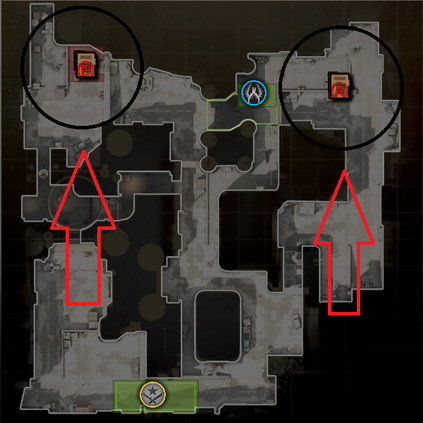
Photo by: Nicholas Fonte & Valve
As a fairly new and low ranked player in the realm of CS:GO, I find the game to be fairly stressful on many occasions. Since CS:GO is a competitive game with a skill group ranking system ranging from “Silver 1” to “The Global Elite” (ranking list can be found Here), every move you make will certainly be judged by your teammates—especially when you’re the last one alive. Other stressful situations include being left in a one-on-one fighting for the last round in the game which can decide the fate of a match. The real struggle for me, however, was memorizing the “call outs” for each spot in the area where the enemy team may be. On a single map there can be about ten to twenty call outs that all CS:GO players are expected to know (call outs are also shown in the picture below and can be clicked on to see other maps).
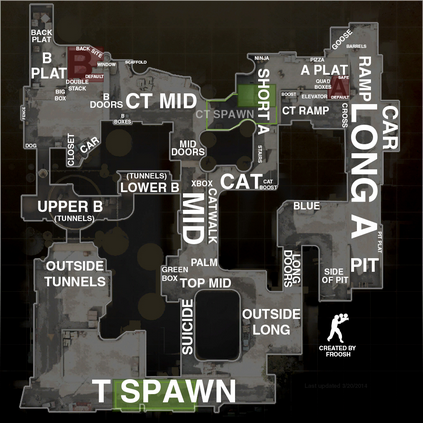
Photo by: Froosh & five other collaborators
However, if you’re a highly ranked player (Distinguished Master Guardian) like Nicholas “Wildcard” Fonte, the experience is antithetical. Here are some things he has to say about CS:GO.
Playing GO has come pretty easy to me, learning parts of the map and how to cover a certain position hasn’t been hard. Though I’ve had years of experience in other shooters, namely the Call-of-Duty and Battlefield franchises, I almost feel bad for new players because of the high skill required for the Counter-Strike games, mainly the mechanics and type of shooter it is (hipfire only, no third person view). I love GO, but I feel that its potential is being squandered. Even with its huge numbers and increasing playerbase, I don’t feel that it’s getting the attention it deserves. The game’s developers are not doing as much as they can with improving the quality of the game, with some of its most prevalent issues being: hit detection systems and hitboxes, server stability, game balance, and player communication. The one potential caveat for GO’s creators is Source2, a new engine in development for several popular games (namely Dota2 and GO) that will help cut down on the games current limitations and fix most of the problems I listed.





